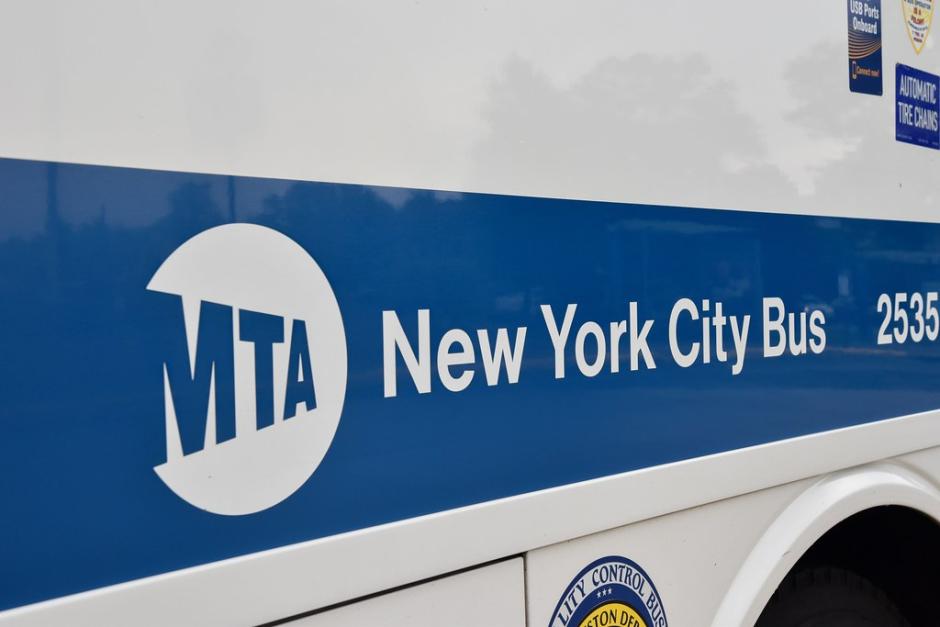Details
-
LocationBronx, Brooklyn, Queens, Staten Island
-
TypeBus Network Redesign
-
StatusPlanning
Area Map
Timeline
- February 2019: Bronx Existing Conditions Report published
- August 2019: Queens Existing Conditions Report published
- January 2020: Brooklyn Existing Conditions Report published
- May 2017: Staten Island Express Bus Study published
- June 2018: MTA Board adopts Staten Island Express Bus Plan
- June 2019: Bronx Draft Plan published
- October 2019: Bronx Proposed Final Plan published
- December 2019: Original Queens Draft Plan published
- March 2020-August 2021: COVID-related pause
- August 2021: Bus Network Redesign initiative restarts
- November 2021: Bronx Bus Network Redesign Final Plan Addendum published
- December 2021: MTA Board adopts Bronx Local Bus Network Redesign Final Plan
- March 2022: Queens Bus Network Redesign New Draft Plan published
- December 2022: Brooklyn Bus Network Redesign Draft Plan published
- December 2023: Queens Bus Network Redesign Proposed Final Plan published
- August 2018: Staten Island Express Bus Network Redesign implemented
- June 2022: Bronx Local Bus Network Redesign implemented
- 2019: Staten Island Express Bus Network Redesign
- 2023: Bronx Local Bus Network Redesign
About the project
What we're doing
We’re taking a comprehensive look at bus service patterns in each borough to better match service with current and future travel demands. We're partnering with the New York City Department of Transportation and the public to make sure all affected residents have a say in their redesigned bus networks.
Why we're doing it
New York City has changed drastically since the last time we examined the bus network. Over the years, the five boroughs have developed rapidly, and current travel needs are not met by the existing network. We want to improve and simplify the current network to get travelers where they want to go more quickly and efficiently.
We are working with City Hall and NYC DOT to deliver new bus lanes and busways. We are also working to expand the use of automated cameras to keep these corridors clear of private cars and delivery trucks, which cause delays. By implementing transit signal priority, we can reduce the time buses spend sitting at red lights.
These upgrades are important because buses are true engines of equity. Buses reach more parts of the city than subways. The network serves a greater share of seniors, people with disabilities, and residents of low-income neighborhoods and communities of color.
A stronger bus network is also better for the environment. Our services already remove 17 million metric tons of carbon emissions from the air every year by keeping people out of their cars. We expect that number to increase once we implement congestion pricing and transition to a zero-emissions bus fleet. That process is underway and set to be complete by 2040, thanks to a major boost from the capital program. That includes $1.1 billion in funding to buy another 500 electric vehicles, along with required charging equipment at eight of our depots.
The Bronx
On December 15, 2021, the MTA Board approved the Bronx Local Bus Network Redesign Final Plan, which was implemented on June 26, 2022.
Queens
We are excited to continue the Queens Bus Network Redesign conversation around the revised proposals in the Proposed Final Plan.
Brooklyn
We have released Brooklyn Bus Network Redesign’s Draft Plan, which introduces a proposed Brooklyn bus network with routes, stops, and generalized frequencies that have been reimagined to meet the needs of current and future customers.
Project benefits
- Improved connections and a simplified network to decrease travel times and make trips simpler for riders
- Improved intraborough and interborough connections
- Increased frequencies to create a better all-day network to meet customer needs
- Better balanced stop spacing to speed up buses and improve reliability
- MTA is working with NYC DOT to implement Bus Priority Projects on targeted corridors to maximize the travel time savings and improve the quality of service for our customers.

